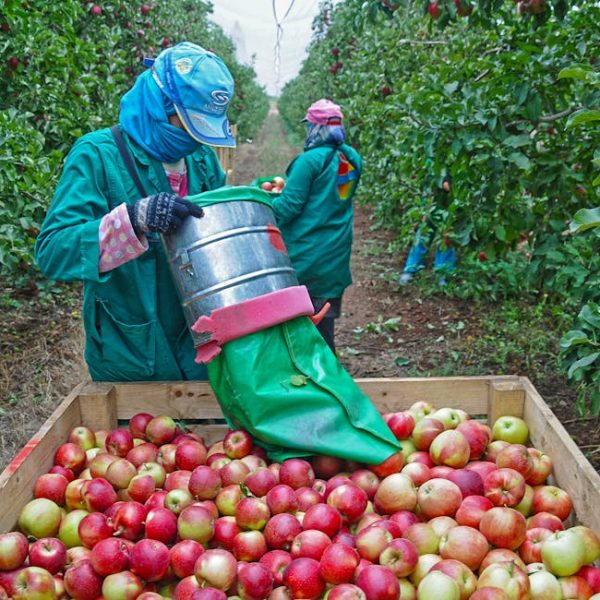Wood ash, often considered a waste product or an afterthought left to gather dust in the fireplace, can be turned into a valuable asset for your compost pile. The key lies in its understanding, accurate proportions, synergic combinations, pH adjustment and heedful precautions which we will discuss in detail.
Understanding Wood Ash Composition
Wood ash is largely composed of calcium carbonate, a type of lime that’s beneficial to the composting process. Its other components include potassium, phosphorus, and a variety of trace minerals – all of which are necessary for plant growth. However, it’s important to understand that the exact composition varies depending on the type of wood burnt. Hardwood ashes, for instance, contain more nutrients compared to softwood ashes.
Let’s take a quick inventory of what these beneficial compounds can offer:
• **Calcium** is integral to cell wall development and aids in nutrient uptake.
• **Potassium** affects moisture, nutrient absorption, and resistance to pests and diseases.
• **Phosphorus** aids in energy transfer and facilitates the growth of roots and flowers.
The Right Proportion of Wood Ash in Compost
In composting, a lot does not always mean better. Wood ash can increase alkalinity which renders the composting process ineffective when added in excess. The trick is knowing the optimal amount required which largely depends on the size and other contents of the compost pile.
Before setting a foot forward, reflect on the following considerations:
• Size of the compost pile
• Type of organic matter present
• Geographic location
One golden practice not to overlook is adding ash in stages rather than in large amounts at once. This approach helps maintain an ideal balance for decomposition, avoiding any unnecessary rise in alkalinity.
Combining Wood Ash with Other Composting Materials
When it comes to composting, diversity is the spice of life. Wood ash mingles differently with a variety of compost materials. For example, when combined with green organic waste, it can help neutralize high acidity levels making it an optimal environment for decomposition. However, pairing wood ash with brown organic waste like dried leaves may deter composting due to excessive alkalinity.
Table 1: Organic Wastes and their Interaction with Wood Ash
| Organic Waste | Interaction Effect |
|---|---|
| Green Waste (Vegetable Peels, Grass Clippings) | Neutralizes high acidity, aiding decomposition |
| Brown Waste (Dried Leaves, Wood Chips) | May deter composting due to excessive alkalinity |
It’s all about striking a balance. Diverse organic matter ensures a spectrum of nutrients and maintains a conducive environment for composting. Deciding what to mix with wood ash comes down to understanding the type of waste and foreseeing its chemical interaction with the ash. If not, you could end up with a compost pile that’s more dormant than dynamic.
The first step to effectively using wood ash in compost lies in understanding its composition and knowing the optimal proportion to add. By combining it wisely with other compost materials, you can achieve a nutrient-rich compost perfect for plant growth. In the next sections, we’ll explore pH adjustment and necessary precautions to bear in mind while handling wood ash.
Adjusting Compost pH with Wood Ash
Composting is a delicate balancing act that thrives on the right pH level. Generally, to host beneficial microorganisms, compost piles should have a pH level that falls between 4.5 and 8.0. Too acidic or too alkaline environments can disrupt the composting process. In cases where the compost pile is too acidic, that’s where wood ash makes its grand entrance.
Unlike most organic materials composted, wood ash is specifically alkaline, making it a great, natural alternative to agricultural lime for correcting acidity in compost. But remember- moderation is key.
Here’s a step-by-step guide:
- Begin by testing the pH level of your compost pile.
- If the readings range from 4.5 to 6.0, the compost is slightly acidic and a dash of wood ash can bring it back to neutral.
- Sprinkle wood ash evenly over the compost pile. A cupful for every ft² of compost top should suffice.
- After each application, stir the compost well to mix the ash in thoroughly and assess the reactions.
Remember! Monitor the pH level regularly to ensure it stays within the desirable range.
Warnings and Precautions in Using Wood Ash in Composting
While wood ash can prove an invaluable addition to the composting process, caution is advised. Some wood ashes can contain trace amounts of heavy metals, as a result of the burning process, and this can be harmful if accumulated in large quantities over time.
When burning wood for ash, be conscious to avoid painted wood, pressure-treated lumber, plywoods, or particle boards. These kinds of wood can contain harmful chemicals or adulterants that wouldn’t do any good to your compost pile or garden.
Pro Tip
Some safety precautions for handling and storing wood ash include:
• Always wear protective gloves when handling wood ash.
• Store wood ash in a dry, covered container to prevent leaching of nutrients by rainwater.
• Avoid inhaling ash or getting it into your eyes.
• Keep wood ash out of reach of children and pets.
Do’s and Don’ts when using Wood Ash in Compost
Do-
• Use Hardwood ashes preferably due to their higher nutrient content
• Mix ash thoroughly into the compost to prevent it from forming a solid, water-resistant layer
• Monitor the compost’s pH regularly
Don’t-
• Use ashes from burning coal, charcoal briquettes, or treated wood
• Apply wood ash directly to seedlings as it can burn plant tissues
• Add ash to acid-loving plants such as blueberries and azaleas
There we have it! With these details, you should now be well-equipped to take advantage of wood ash in your compost routine. Remember, in compost, like in life, being mindful of balance and diversity can lead to the most fruitful results. Happy composting!
Key Takeaway:
- Wood ash, particularly from hardwood, is rich in beneficial components like calcium, potassium, and phosphorus which enhance composting.
- Adding wood ash in the right proportion is crucial to maintain an optimal composting environment. Excessive amounts can cause alkalinity problems.
- Mixing wood ash with green organic waste helps neutralize high acidity levels, boosting decomposition. Combining it with brown organic waste like dried leaves may impede composting.
- Wood ash is a great alternative to agricultural lime for adjusting compost pH and correcting acidity.
- Safety precautions such as wearing gloves and storing ash in a dry container help mitigate the potential harm of heavy metals in wood ash.
Remember to approach composting with mindfulness, balance, and diversity for the most fruitful results. With the guidance in this article, you can efficaciously use wood ash to enrich your compost routine and ultimately, your garden. Happy Composting!
FAQs
Q: What should I do if my compost piles become too alkaline after adding wood ash?
A: You can balance a too alkaline compost pile by adding more acidic organic materials like citrus peels, pine needles, or coffee grounds.
Q: Are there any alternatives to wood ash for composting?
A: Yes, other materials like coffee grounds, eggshells, and bone meal can also provide necessary minerals to your compost.
Q: Can I use ash from my barbecue grill in compost?
A: It’s not recommended because it may contain residual chemicals from charcoal briquettes or lighter fluid which could be harmful to plants.
Q: Does wood ash help in composting throughout the year, or is it more beneficial in certain seasons?
A: Using wood ash can be beneficial at any time. However, adding it gradually throughout the year helps maintain balance in the compost pile.
Q: Can I use wood ash in a worm composting system?
A: It’s best to avoid adding wood ash to a worm bin as its alkalinity can harm the worms.
We hope this article helps you make an informed decision on integrating wood ash into your composting routine. Feel free to share this useful guide with others and explore more posts on our website to enhance your horticulture knowledge!






